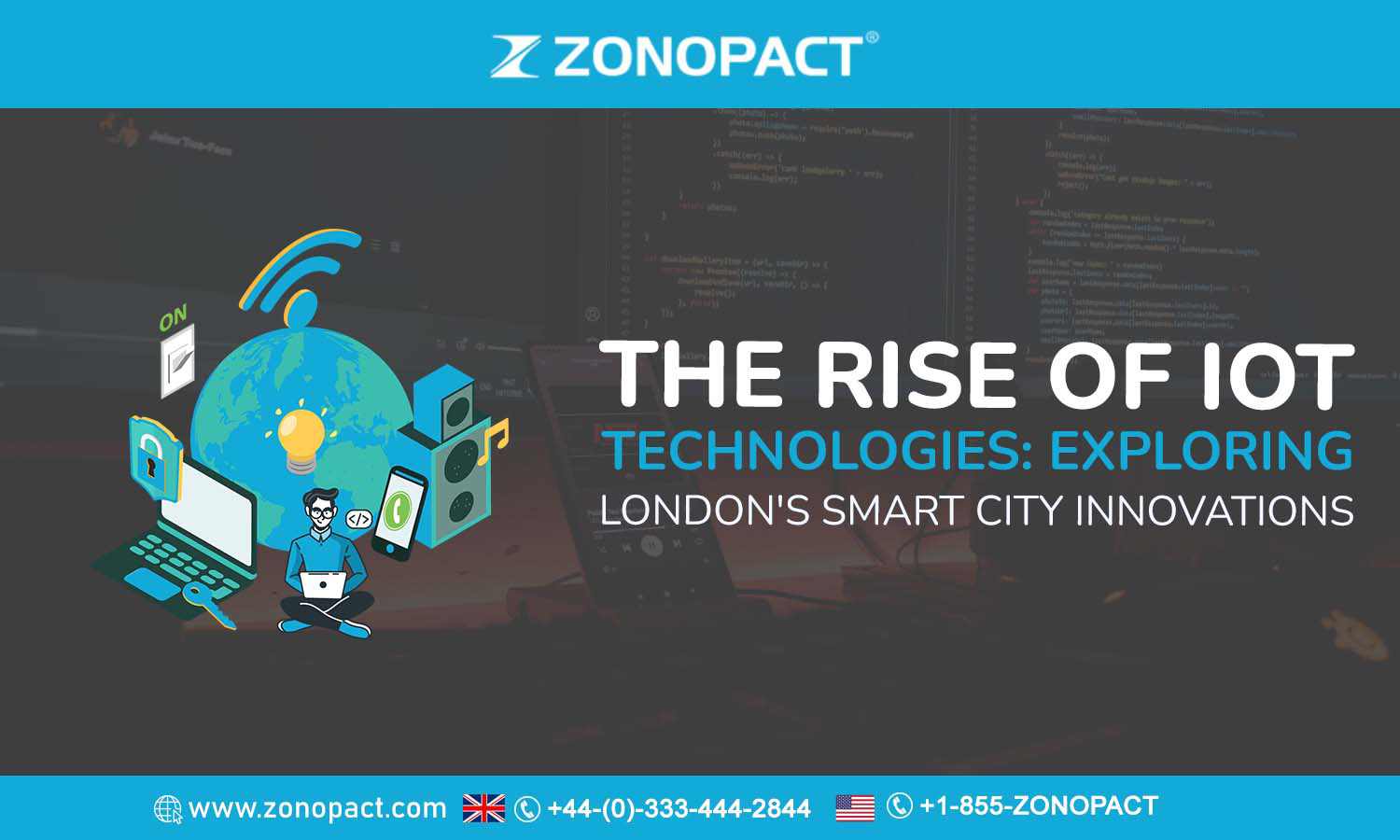
Welcome to the future of urban living! London, the bustling metropolis known for its rich history and iconic landmarks, is at the forefront of a technological revolution that is transforming the way cities operate. The rise of Internet of Things (IoT) technologies has paved the way for London to become a smart city, where connected devices and data-driven innovations are seamlessly integrated into daily life. From intelligent transportation systems to smart energy grids and innovative waste management solutions, London’s smart city initiatives are revolutionizing urban living. In this article, we will delve into the exciting world of IoT technologies in London, exploring how these innovations are enhancing efficiency, sustainability, and the overall quality of life for its residents. So, fasten your seatbelts and get ready to embark on a journey through the streets of London, where cutting-edge technologies are shaping the cities of tomorrow.